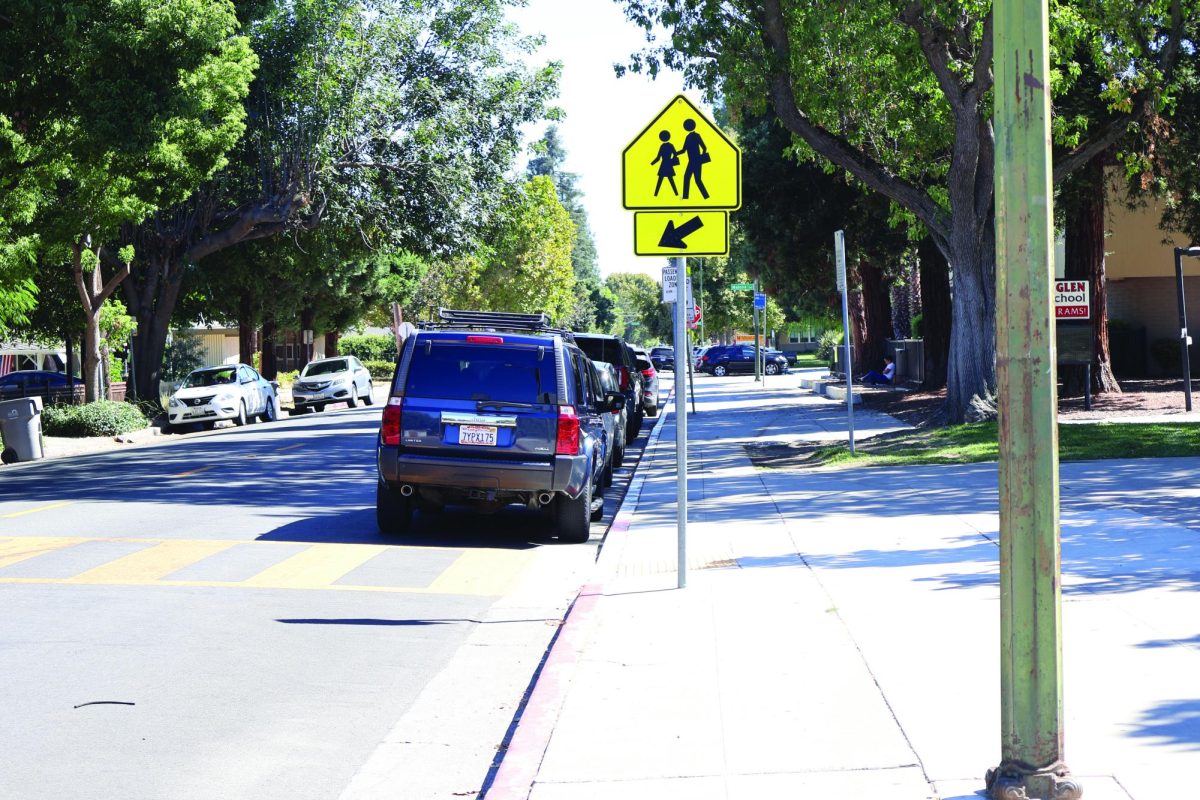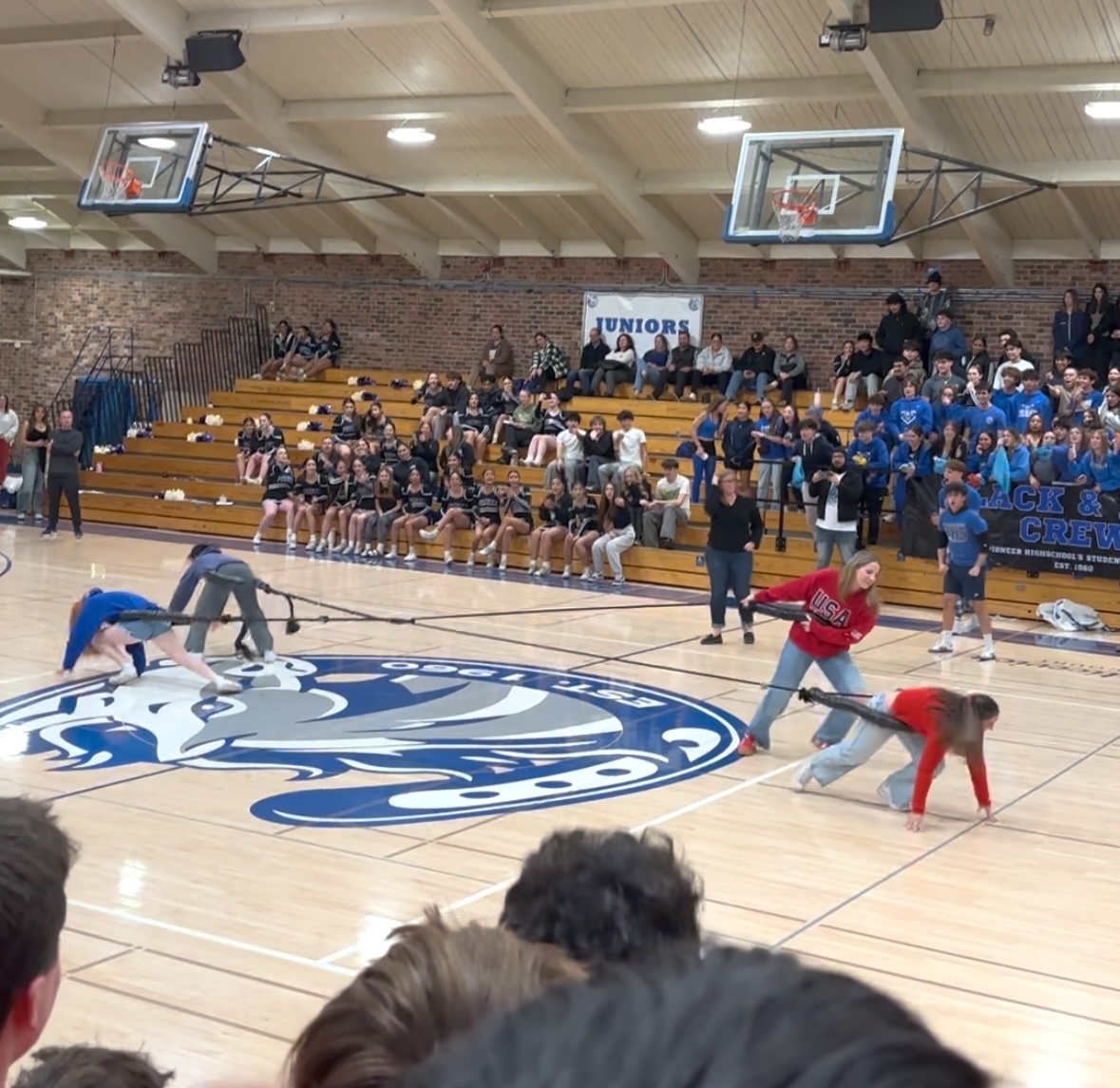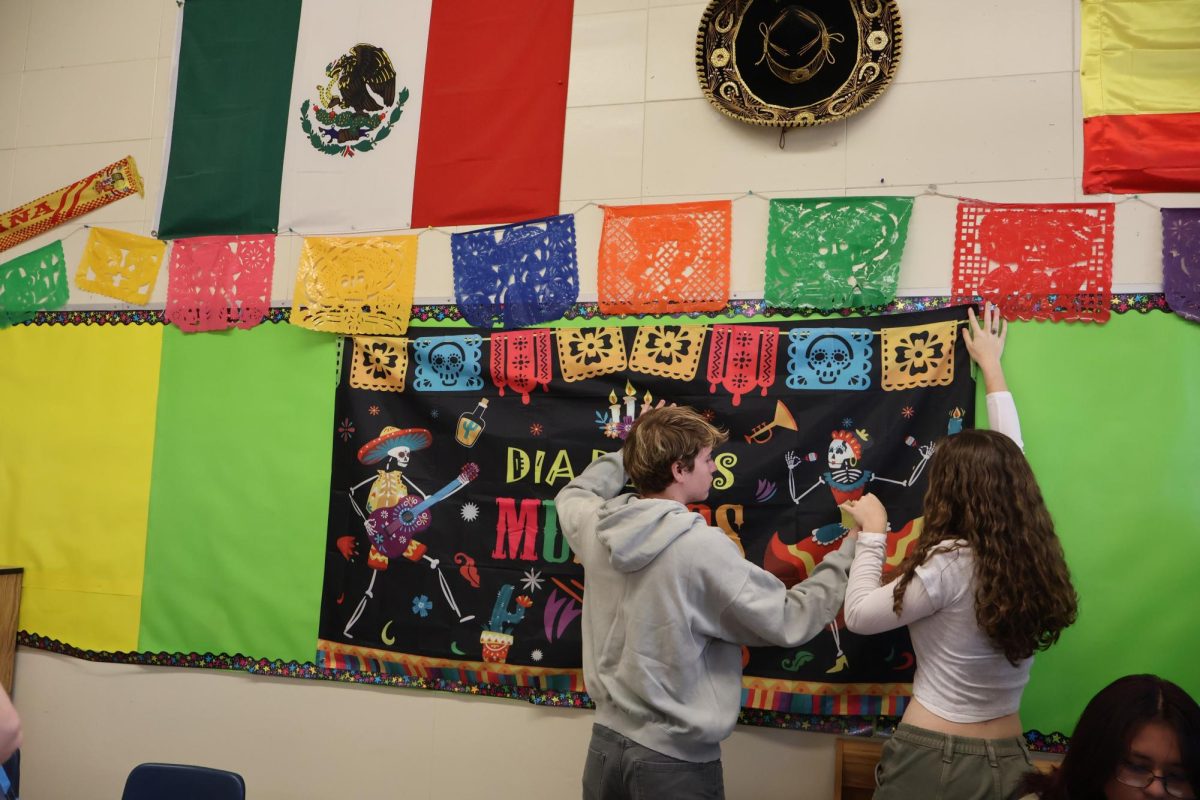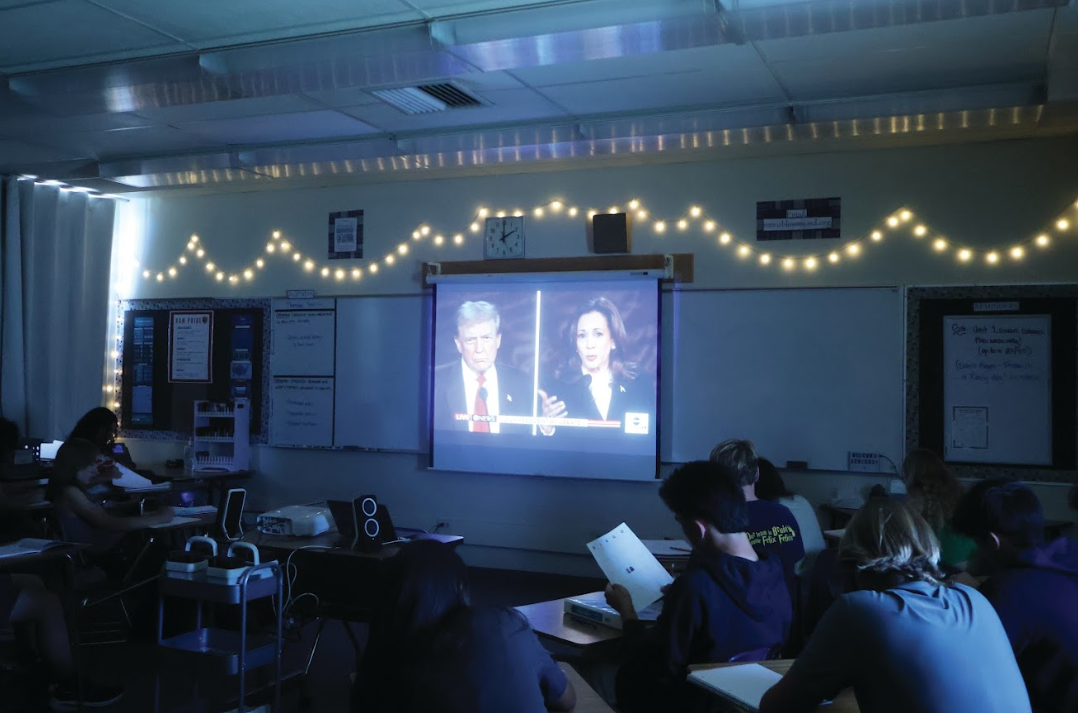There is no doubt that social media has played a profound role in the 2024 presidential election. With the introduction of a new generation of voters, candidates have made a larger effort in fitting into a more youthful culture. This has manifested in the greater presence of politicians on social media sites such as TikTok, Instagram, and X (formerly Twitter).
Political advertisements have always been a way for candidates to promote their beliefs to a variety of audiences. Typically, this is done through television, radio broadcasts, and interviews. In recent years, however, social media has become an increasingly popular form of campaigning. This is especially prominent in the upcoming 2024 presidential election, with candidates Vice President Kamala Harris and former President Donald Trump both actively posting online in hopes to gain more supporters.
Social media campaigning in the 2024 election plays into popular trends that attract views and voters towards different candidates. One particular example is the known “brat” movement, which associates Kamala Harris with the new pop album released by singer Charli XCX. This was initiated after a tweet posted by the musician stated, “Kamala IS brat,” a term of endearment made by Charli. Types of endorsement made by a figure currently in pop culture’s limelight can have a significant impact on young voter registration and interest. Similarly, the variety of memes and edits linked to the Harris campaign and backed by her team’s TikTok KamalaHQ has had an overwhelming impact on young voters’ knowledge of Harris.
While some may say that in appealing to a younger audience, Harris could come across as immature, Maxine Medel (‘28) maintained that “you’ve got to change with the times…I like how she’s keeping up with the trends and targeting newer [voters].” Harris’s association with popular trends has been proven to capture the attention of younger viewers and voters, who then gain more interest in American politics and are more inclined to vote in her favor.
Alternatively, there is a multitude of more conservative leaning content endorsing Donald Trump. For example, Turning Point USA, a conservative organization aiming to educate students on Christian politics and viewpoints, has become a vastly popular source of information for young voters. Leo Gomez (‘25) claimed that Turning Point and other similar media outlets “reflect on (…) right wing politics and want to bring back the traditional values of our country.” While Gomez claims that he would sustain the same political opinions without the input of the media, an extension can be made that much of the information he has gathered is gained from the media he consumes. In the same vein, a student who chooses to remain anonymous states that they rarely browse social media, but what little content they do see is mostly Christian-based reflecting their beliefs. One of the creators they mentioned was Charlie Kirk, founder and president of the aforementioned Turning Point USA. The student asserted that though the content provided by Turning Point is not explicitly political, it is political in nature. They expressed that their perspective on political issues is influenced by the content that they consume as “the videos inform [them] on other people’s opinions and contradicting views on a certain topic.”
Out of the fifteen Willow Glen students interviewed, the average amount of time spent on social media is around fifteen hours a week. With this, it is reasonable to assume that content revolving around the political candidates and their beliefs is an effective strategy to reach a younger audience. For some, outside of the information given by their parents, social media provides the biggest platform for information regarding the election. Chase Azus (‘27) confirms that content online strongly influences opinions regarding the election, stating that he believes “it’s a good way for both sides to [promote] themselves and show what they want to happen if they were to become president.”
So, as the election year continues and the candidates proceed to cater to Gen Z voters, we must ask: who will win this war for relevancy? The answer to this question can only be determined in November.











